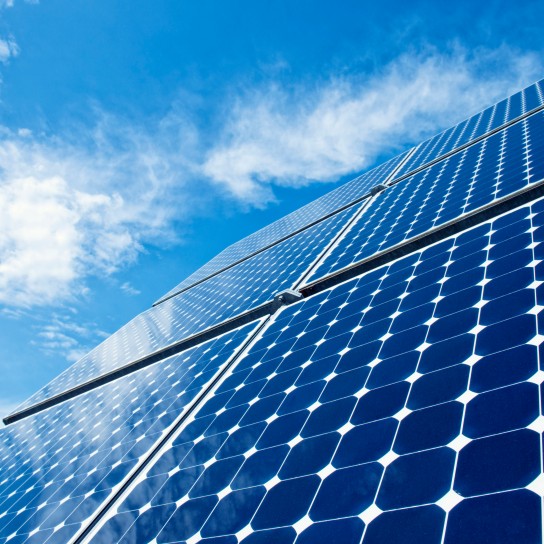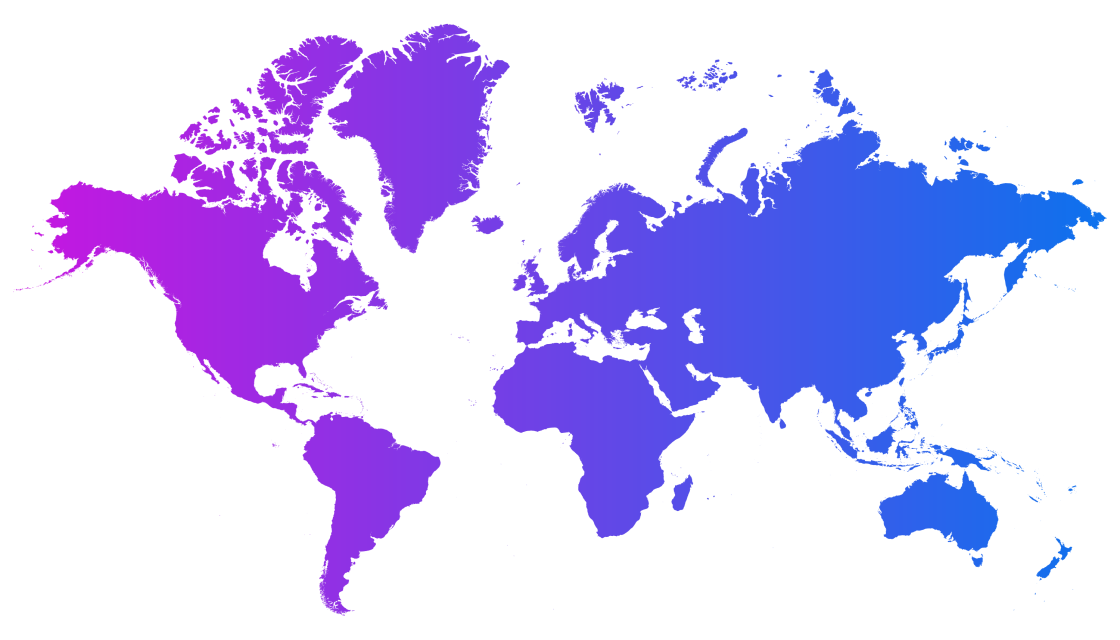To live up to our responsibility for future generations, climate protection plays a key role in our ESG strategy. In accordance with the Paris Agreement, we have set ourselves net zero targets. We are committed to reduce absolute Scope 1 and 2 greenhouse gas (GHG) emissions by 90% by 2045 (from a 2023 base year*) and to reduce absolute Scope 3 GHG emissions by 90% by 2050 (from a 2023 base year*).
Achieving these long-term goals requires clear milestones. Our near-term targets include reducing absolute Scope 1 and 2 GHG emissions by 58.8% and absolute Scope 3 GHG emissions by 35% by 2034 (both from a 2023 base year*). These targets, along with our net zero ambitions, were validated by SBTi in January 2025.
We are also committed to procuring 100% of our electricity from renewable sources by 2025. In 2021, we joined the RE100 initiative to underpin our commitment and help raise awareness for this topic within the Brenntag Group. As of 2024, we have already achieved 87%. RE100 is a global initiative that brings together businesses aiming to source 100% renewable energy for electricity in the medium term.
*The target boundary includes land-related emissions and removals from bioenergy feedstocks.
Carbon management program gives the organization a clear climate protection signal
Taking responsibility for actions within one’s own sphere of influence and setting incentives – that is one of the central ideas behind the carbon management program. Each year under this program, Brenntag’s own Sustainability Council sets a virtual, intracompany price for CO₂ emissions (Scope 1 and 2) that is used to translate each company’s greenhouse gas emissions into internal costs.
This steers the transformation toward low-emission business practices, as the higher the price, the higher the incentives to save emissions. The Group-wide total calculated using the carbon price is paid into a climate protection fund, from which the companies, in turn, are provided with a budget for new carbon-saving projects. Last year, 16 sites worldwide had applied for this type of internal funding by submitting the project ideas they had developed for cutting greenhouse gas emissions, and eleven of those sites were selected by the Sustainability Council.
By purchasing electric cars, electric trucks and the related charging infrastructure or installing heat pumps, the companies not only wish to reduce their carbon footprint: The shift in vehicle, heating or air-conditioning technologies associated with these measures is a catalyst for change.
Our site in Traun in Austria is even aiming to complete the switch to being a zero-emissions site in the next few years.



